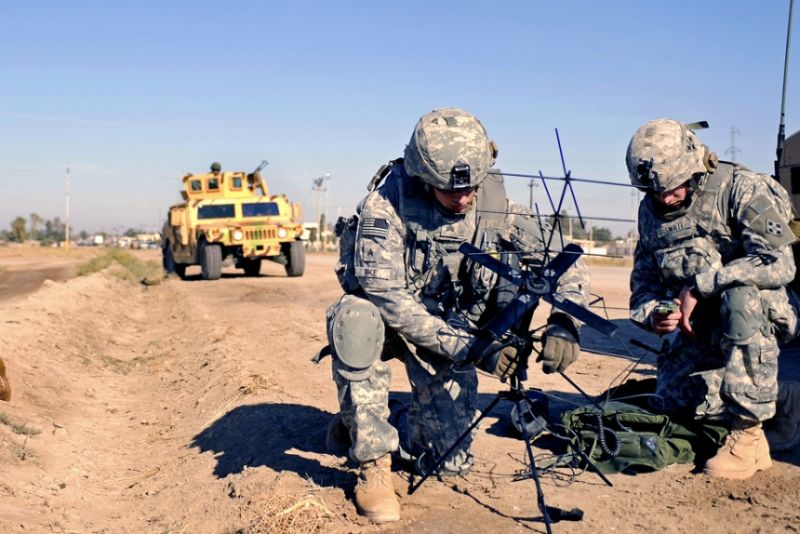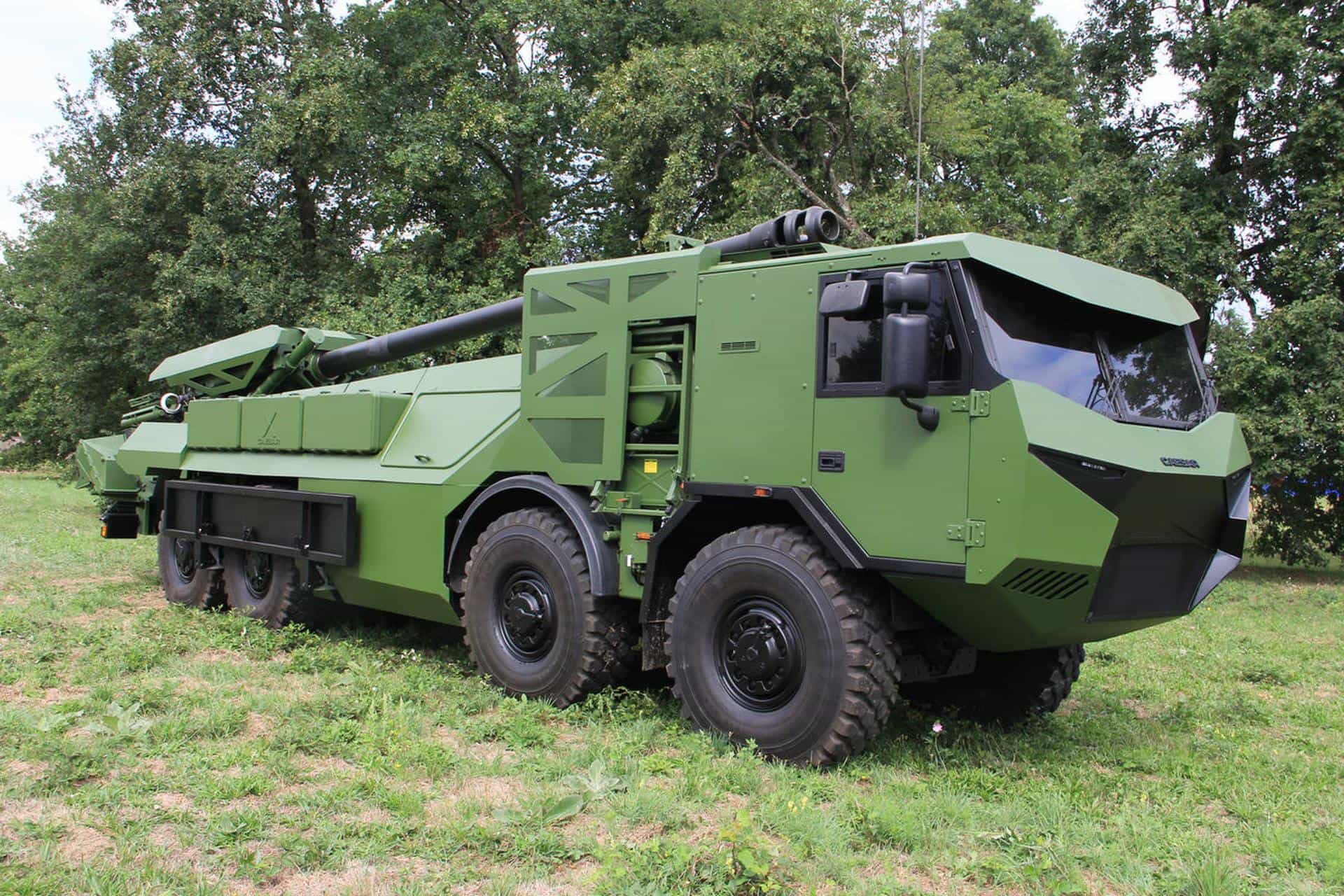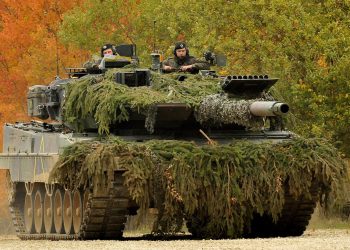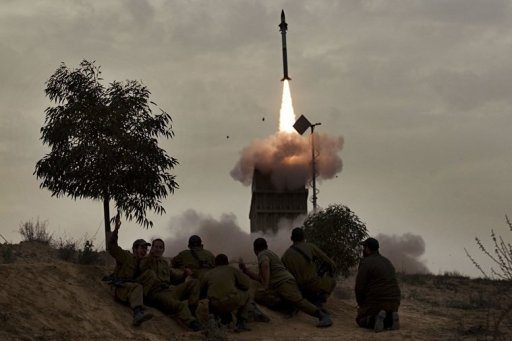As the Army continues to advance its new tactical radio strategy, it is building on lessons-learned from the Joint Tactical Radio System program to drive innovation in radios for service aircraft.
Following the recent Department of Defense decision to disband the Joint Program Executive Office for Joint Tactical Radio System, known as JTRS, and transfer its programs to the services, the Army is now responsible for two software-programmable radios with the technology to connect rotary wing aircraft with ground units, allowing the transmission of data, voice and video over the wireless, secure network.
Project Manager Airborne Maritime/Fixed Station, or PM AMF, assigned to the Army Program Executive Office for Command, Control and Communications-Tactical, known as PEO C3T, is overseeing the development of the two radios known as the Small Airborne Networking Radio and the Small Airborne Link 16 Terminal, known as SALT.
Both the Small Airborne Networking Radio, or SANR, and SALT are two-channel radios that will meet the National Security Agency’s certification for type one encryption. SALT is being developed for Apache aircraft while the SANR is designed for five aircraft platforms including the Apache, Chinook, Gray Eagle, Black Hawk and Kiowa Warrior.
“With the SALT radio, because the Apache mission is to fly essentially low and by themselves in support of direct operations on the ground, they need to be able to talk to Intelligence, Surveillance and Reconnaissance asset platforms,” said Navy Capt. Nigel Nurse, project manager for AMF. “So the situational awareness of not only the information they have, but also being able to determine friend or foe from an Apache out on the forward edge of the battlefield, is critical.”
Army aircraft deliver life-saving support, as well as additional situational awareness, to ground units, so equipping these aircraft with enhanced communications tools will benefit Soldiers on the ground as well as in the sky.
The SANR radio will utilize three waveforms with the goal of having two of the waveforms working simultaneously. This allows Soldiers to exchange more information and communicate with additional platforms and elements of their Brigade Combat Team.
NETWORKED RADIOS OFFER DISTINCT ADVANTAGES
Both the SALT and SANR use new networking technologies capable of connecting the tactical edge through terrestrial and aerial tier communications not reliant on satellite networks or fixed infrastructure. In mountainous terrain, such as Afghanistan, line-of-sight communication is often unavailable.
“It’s the same concept of being able to get the network out to the tactical edge of the battlefield,” said Nurse. “These networking radios do not require any satellite or satellite connectivity. The best way to think of them is sort of like cellular networks without the antenna infrastructure.”
Part of the JTRS transition included designating PM AMF as a Non-Developmental Item, NDI, program, directing it to meet requirements by identifying and integrating technically mature Commercial Off The-Shelf, known as COTS, hardware solutions — driven by existing platform Size Weight and Power requirements, which are able to port waveforms housed in the Joint Tactical Networking Center Information Repository.
By using common waveforms, radio manufacturers who want to develop a system do not have to start from scratch and create their own waveform, ultimately driving down cost.
SALT will use Link 16 and Soldier Radio Waveform, known as SRW, while SANR will use SRW, Single Channel Ground and Airborne Radio System and a Mid-Tier Waveform that has not yet been determined.
Mid-Tier Waveforms were recently assessed at the Army’s Network Integration Evaluation, or NIE 13.1, where Soldiers from the 2nd Brigade, 1st Armored Division, used different versions in realistic operational scenarios. How the waveforms performed will help determine which Mid-Tier Waveform is eventually chosen for the SANR.
While PM AMF is charged with moving the two radio programs forward, they are also looking for ways to leverage existing radios to fill capability gaps for other air platforms.
Currently, there is no network radio for the Shadow unmanned aerial vehicle. However, the Army has used the NIEs to evaluate the use of the existing Small Form Fit Bravo, or SFF B, from the Handheld, Manpack, and Small Form Fit Program for small aircraft. Although primarily designed for use by lower echelon Soldiers during ground missions, the SFF B could also be positioned in Shadow unmanned aerial vehicles to host aero relays or act as another node in the sky.
PARTNERING WITH INDUSTRY TO MOVE RADIO PRODUCTION FORWARD
The AMF program is now seeking the hardware solutions or radio “boxes” that will use the waveforms to deliver SALT and SANR capabilities. The technology builds on existing tactical communications capabilities that provide airborne platforms with satellite connectivity and Global Positioning System for navigation and situational awareness information.
The Army will continue to work with industry on drafting formal Requests for Proposals, known as RFPs, in an effort to advance a full and open competition to procure the best industry solution to support the waveforms. In August, PM AMF released a Request for Information, or RFI, to industry for the development of the SANR and officials are now meeting with the RFI respondents to discuss capability requirements. An RFI also was also released for SALT with the office currently assessing respondents’ submissions.
“We’re working to determine what are the things that are an absolute ‘need to have’ that industry is not providing,” said Nurse. “Then we’ll go back to industry and see, first if it can be provided, and if not, what’s the cost to provide it while working within the NDI construct.”
RFPs for both the SALT and SANR are slated for release in the fourth quarter of fiscal year 2013 with Low Rate Initial Production expected as early as the third quarter of fiscal year 2014.
“We’ll continue to leverage existing Army research and development to advance the AMF tactical radio,” said Nurse. “The NDI strategy, adopted by the AMF Program Office, is a cost-effective way to capitalize on that investment that provides capable solutions to the Soldier and provides incentives to industry to continue to garner business from their JTRS offerings.”











